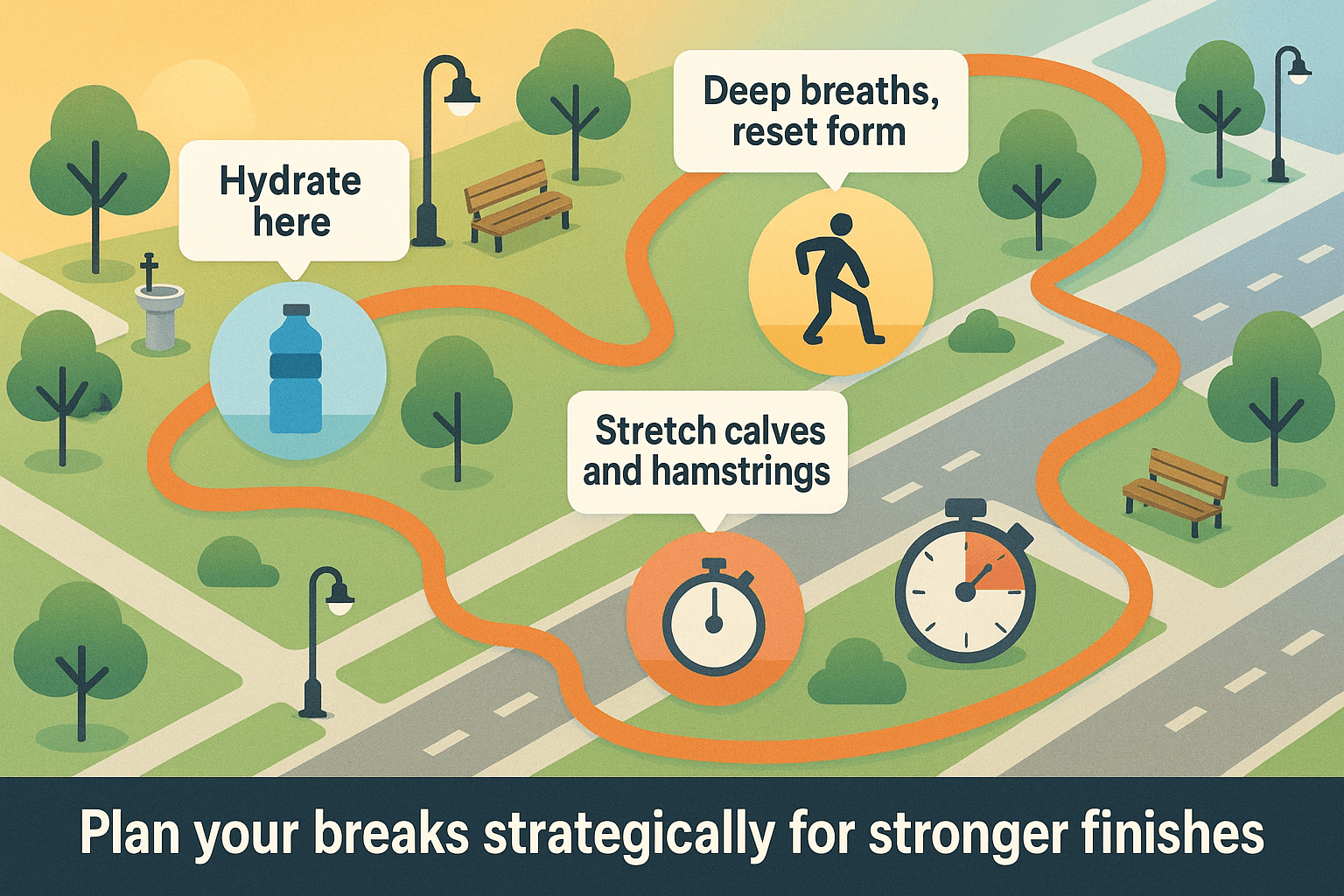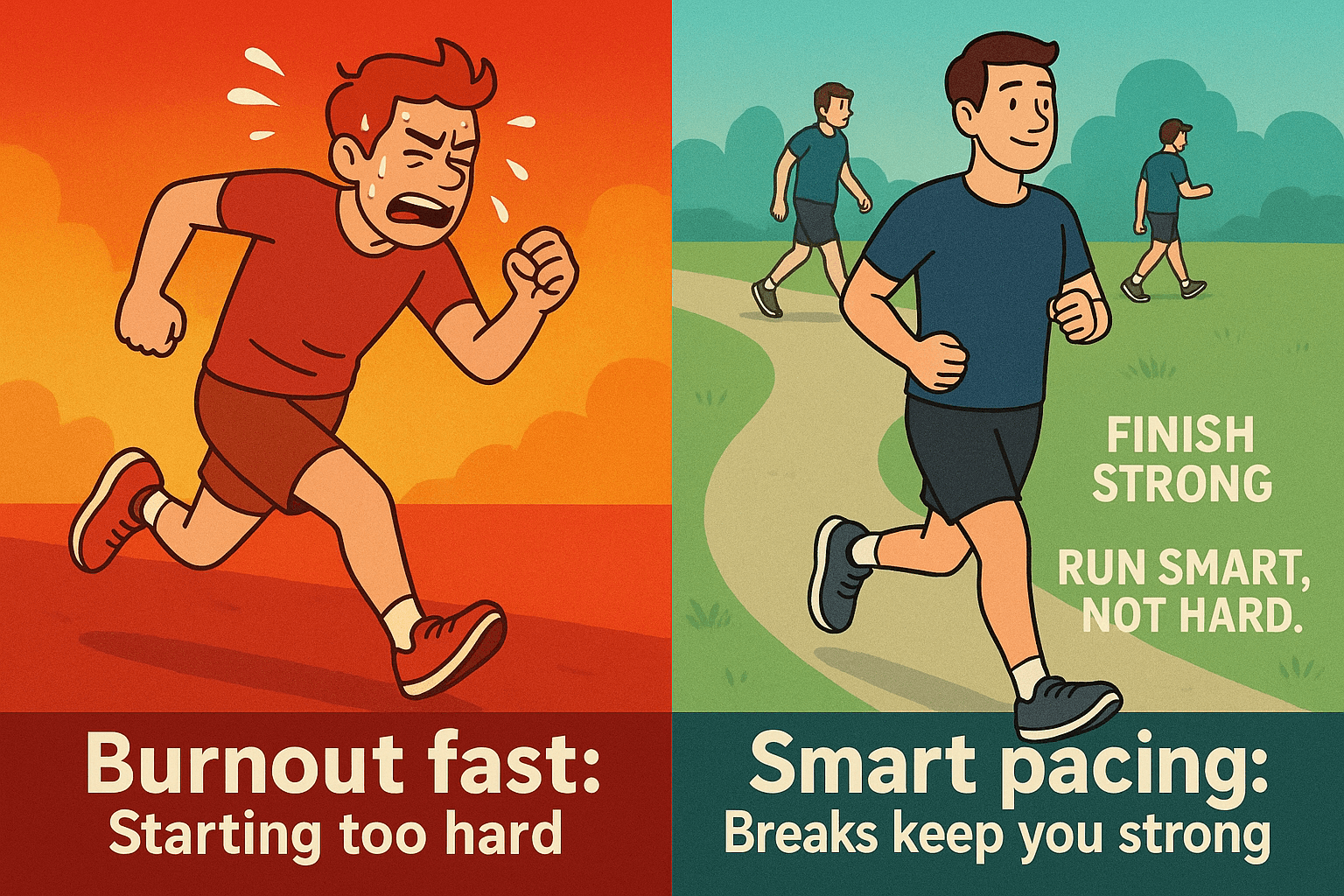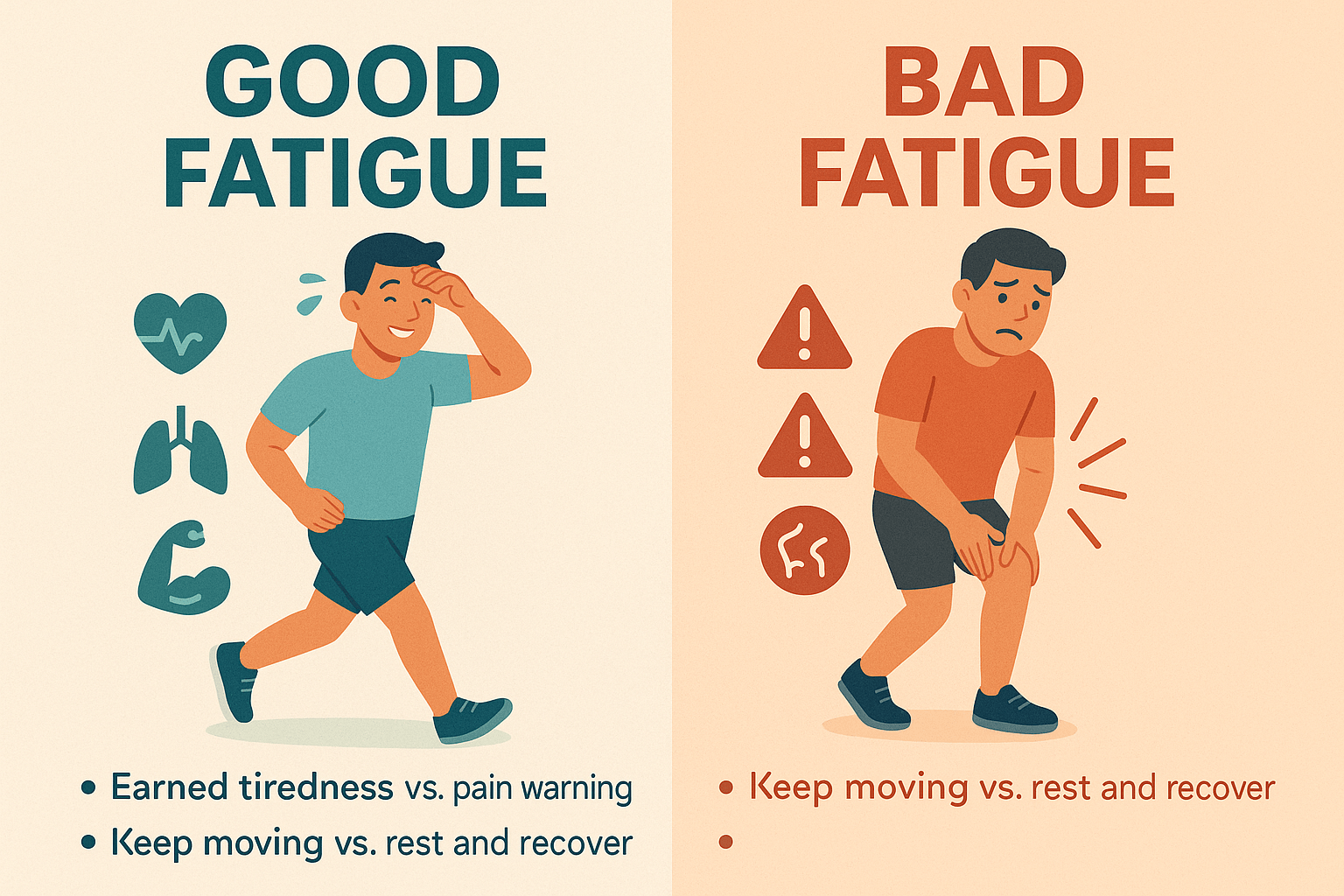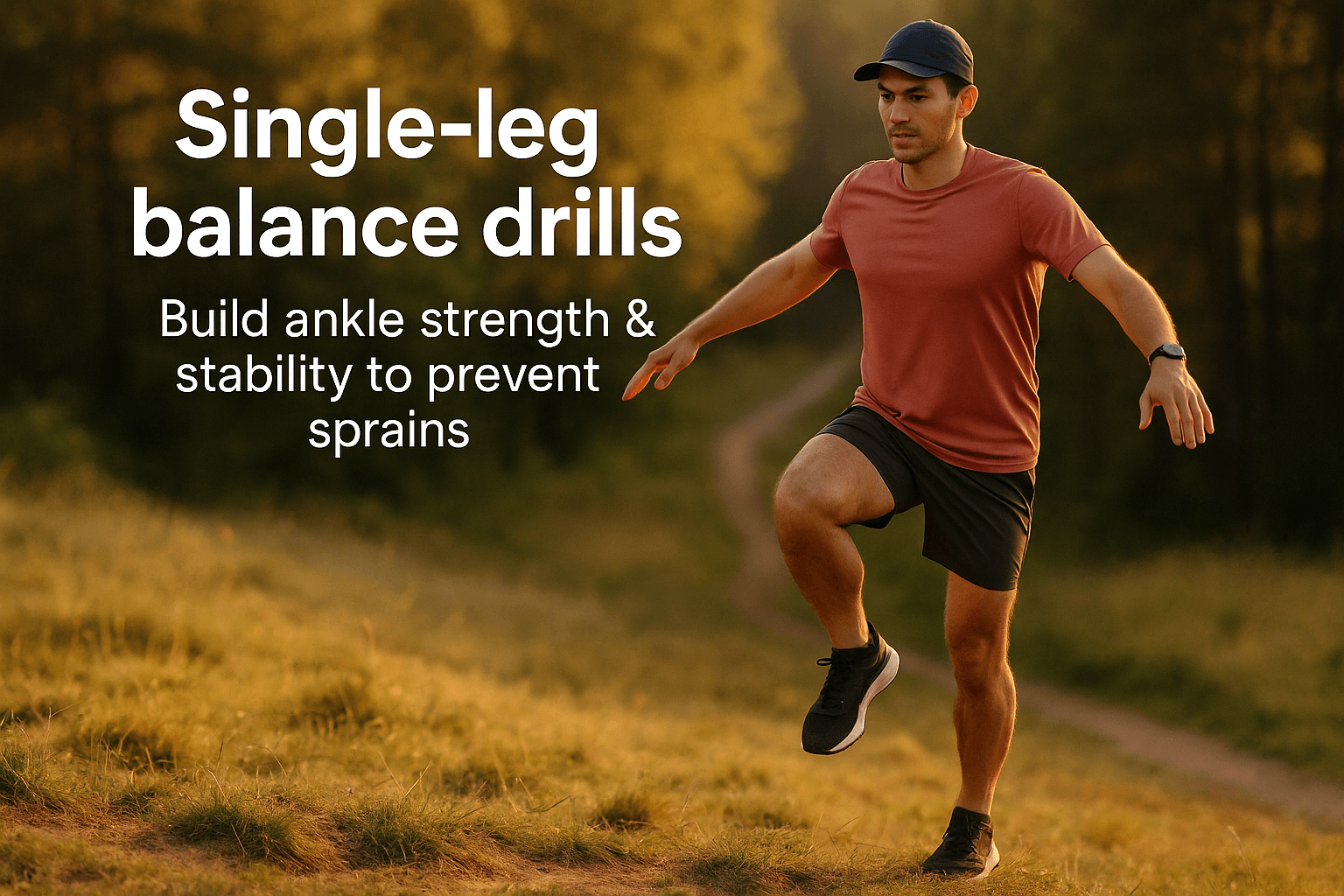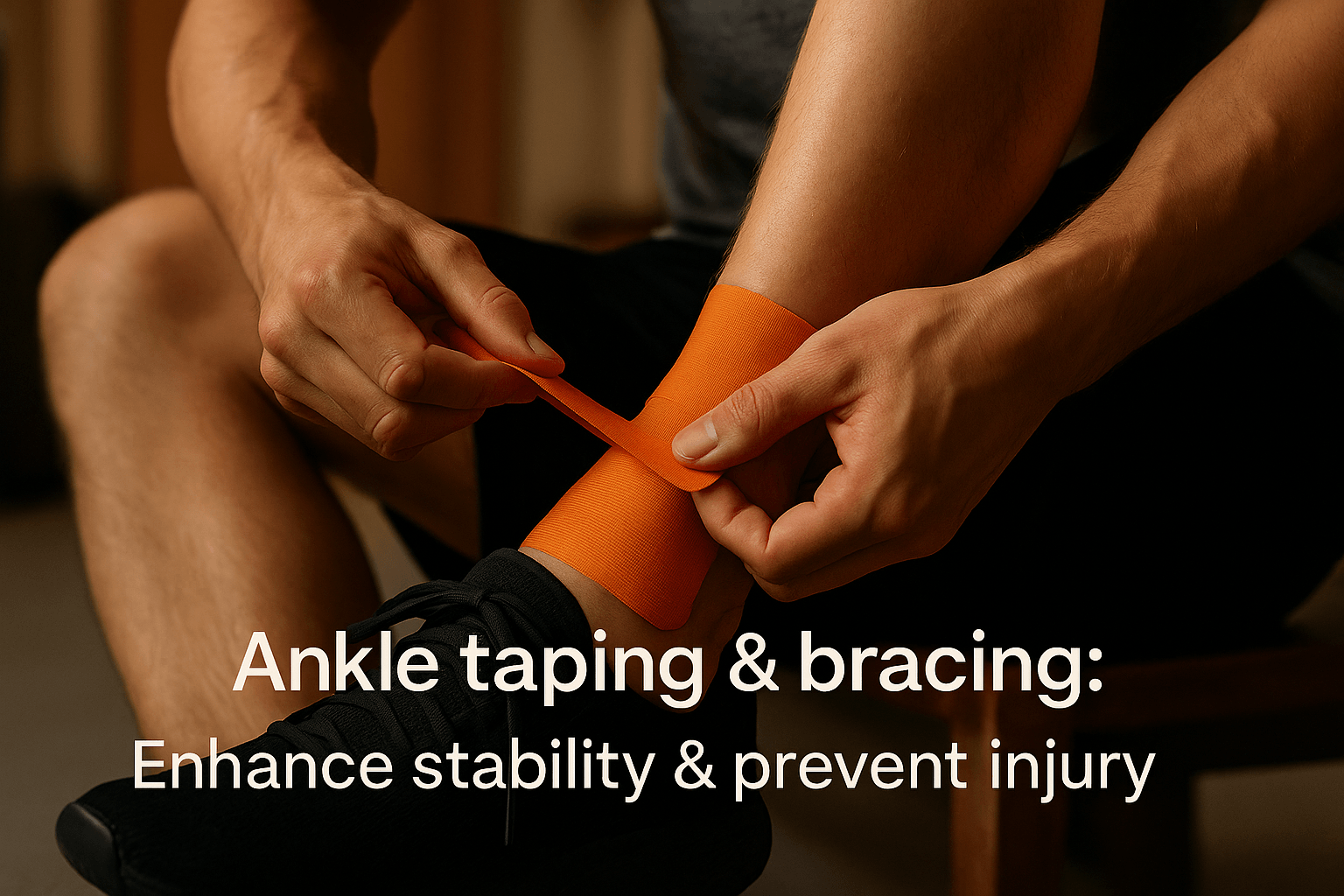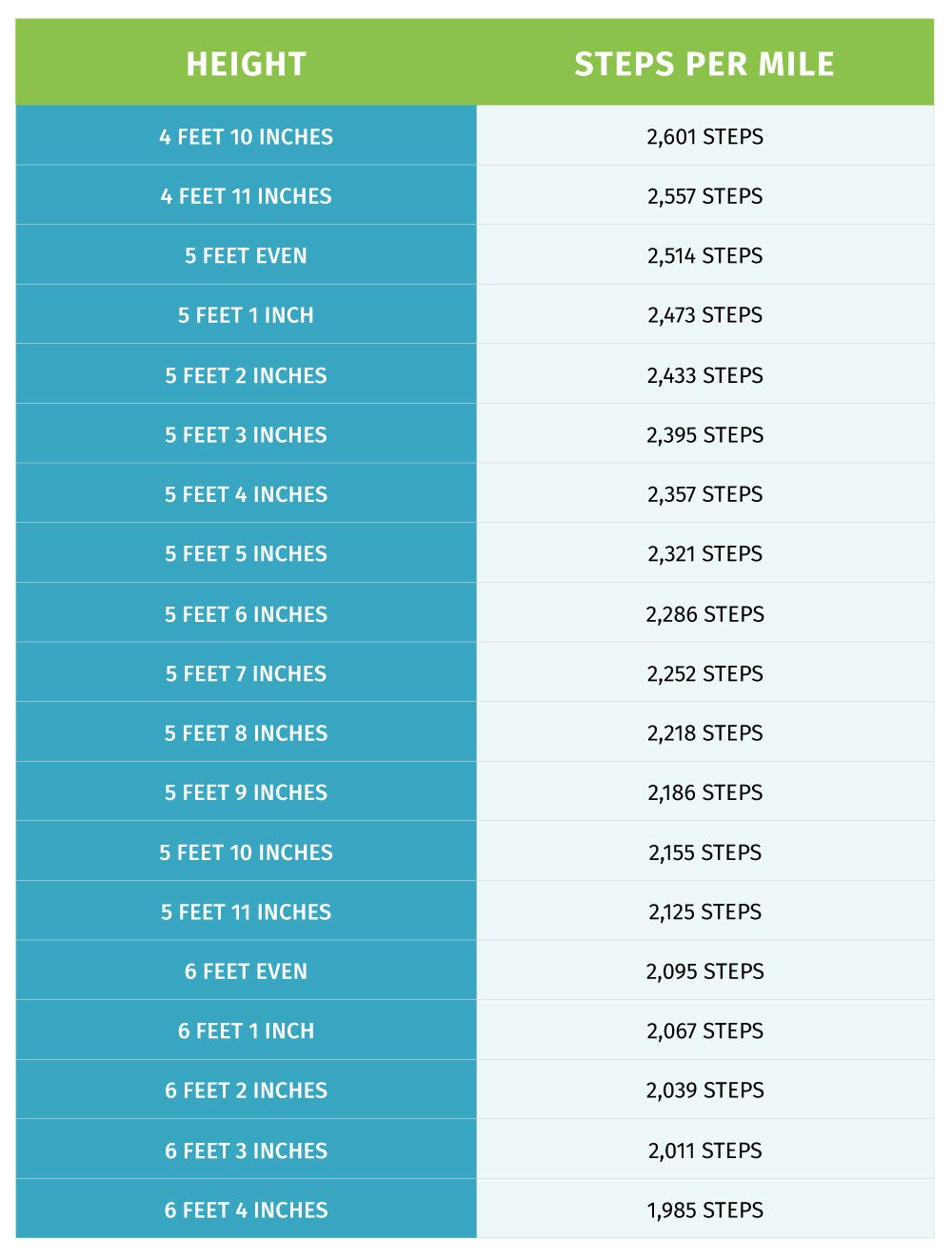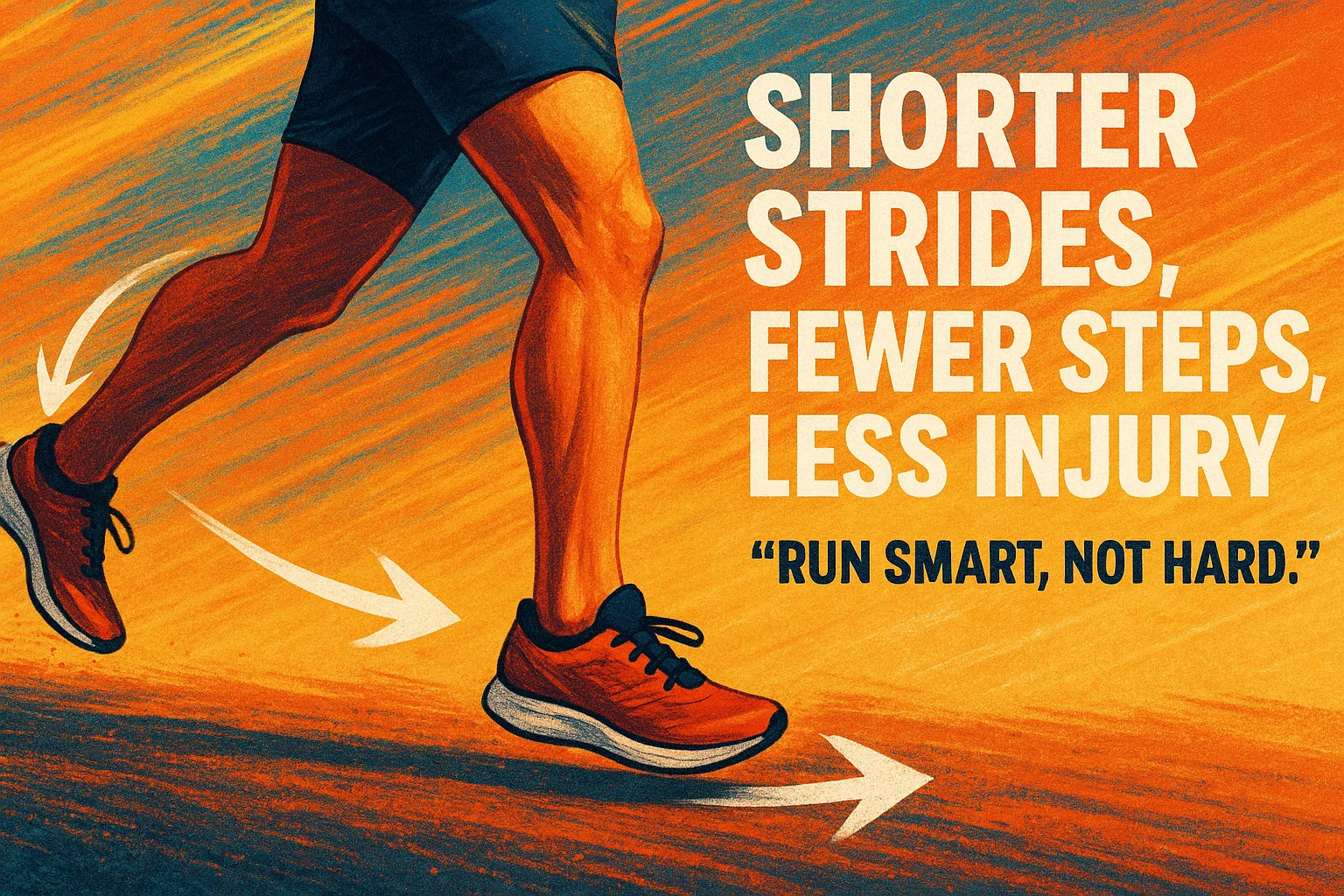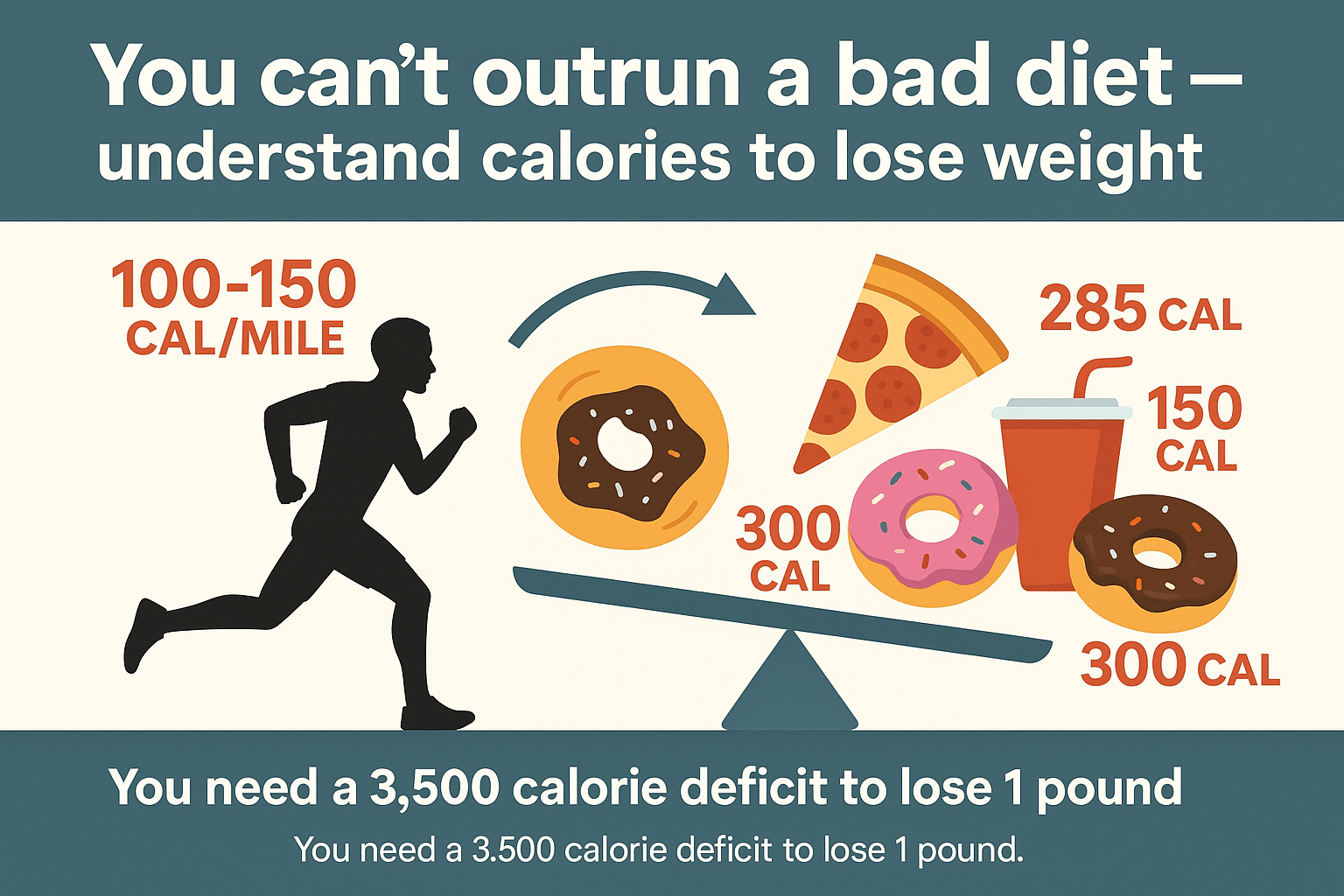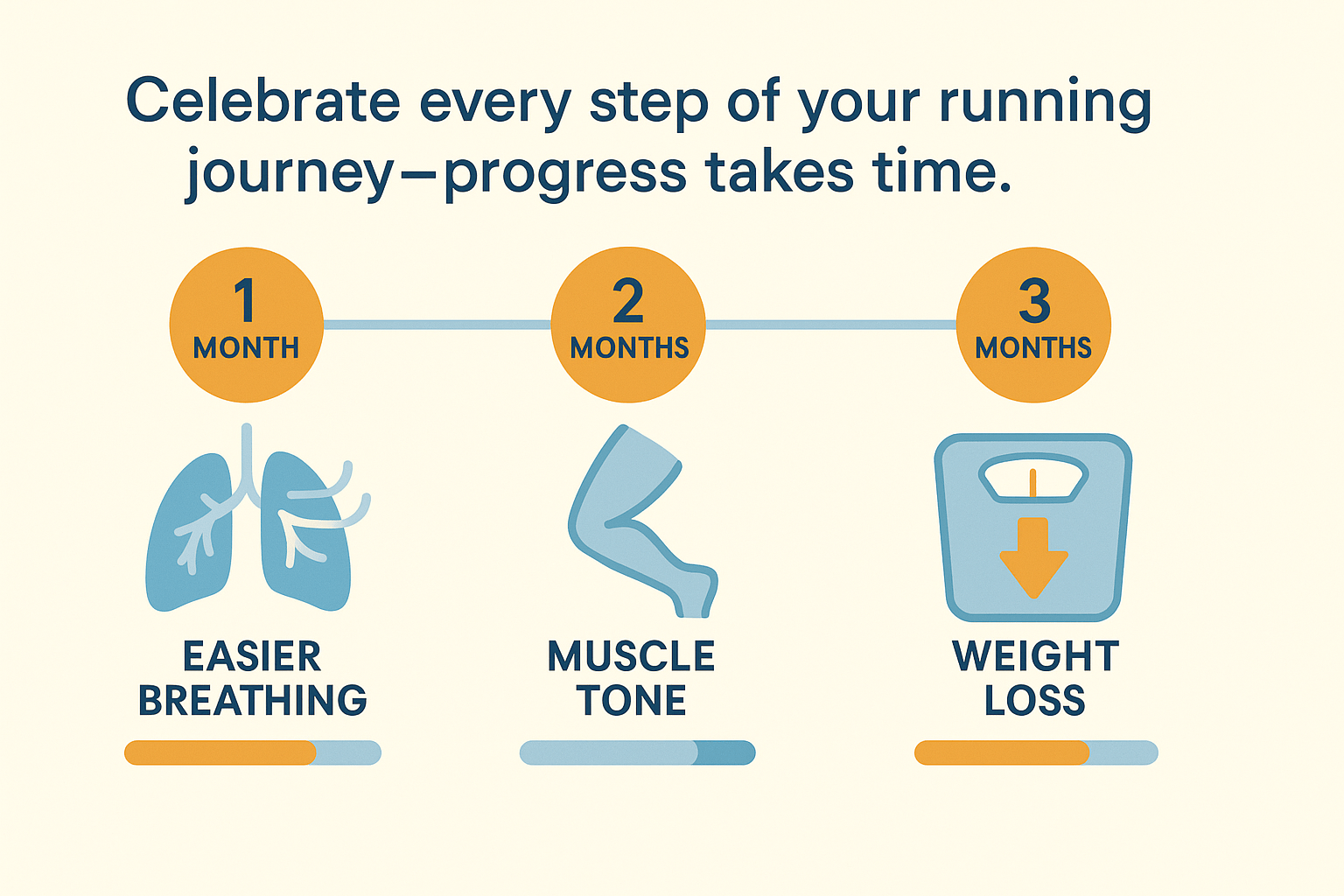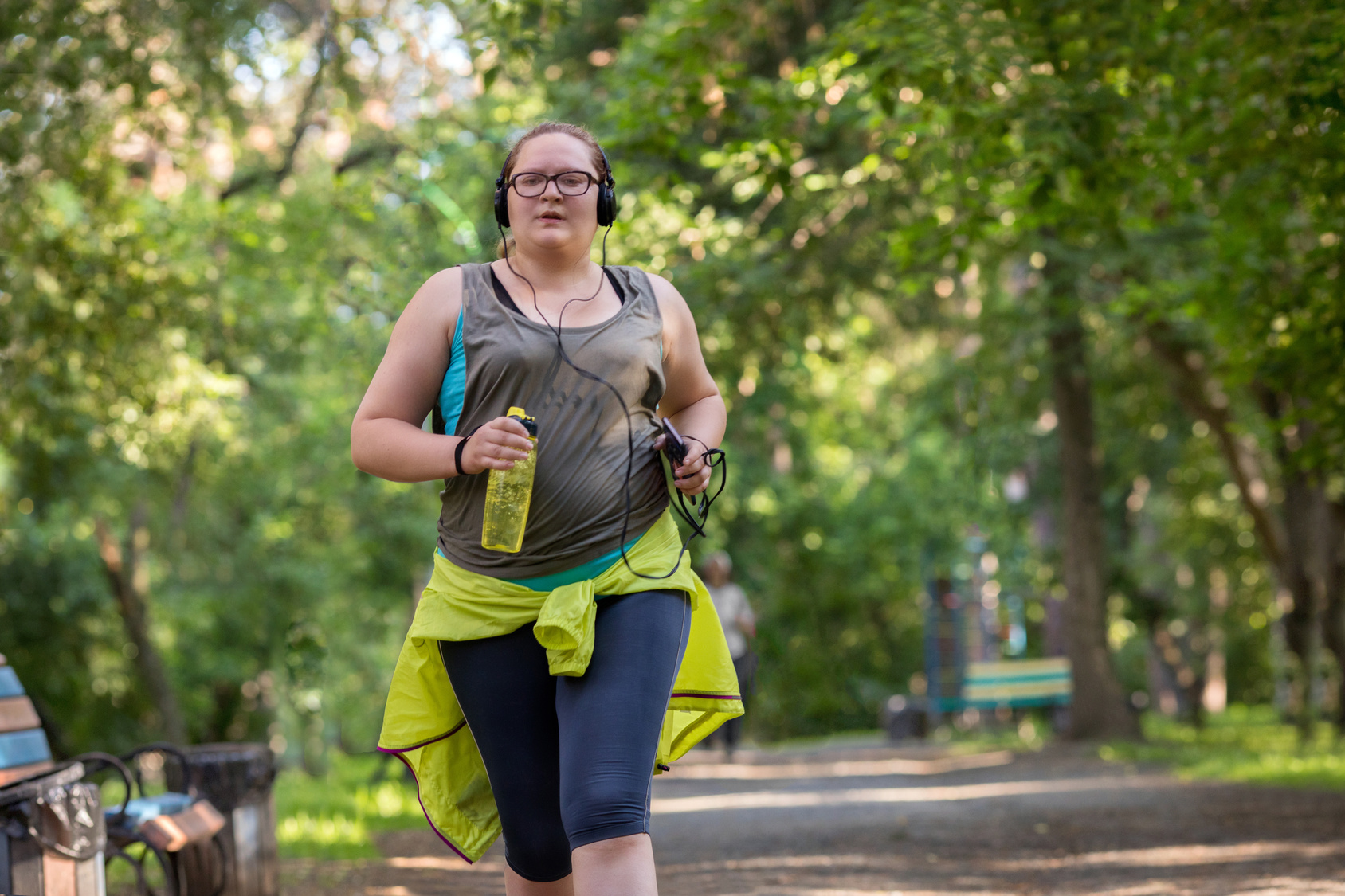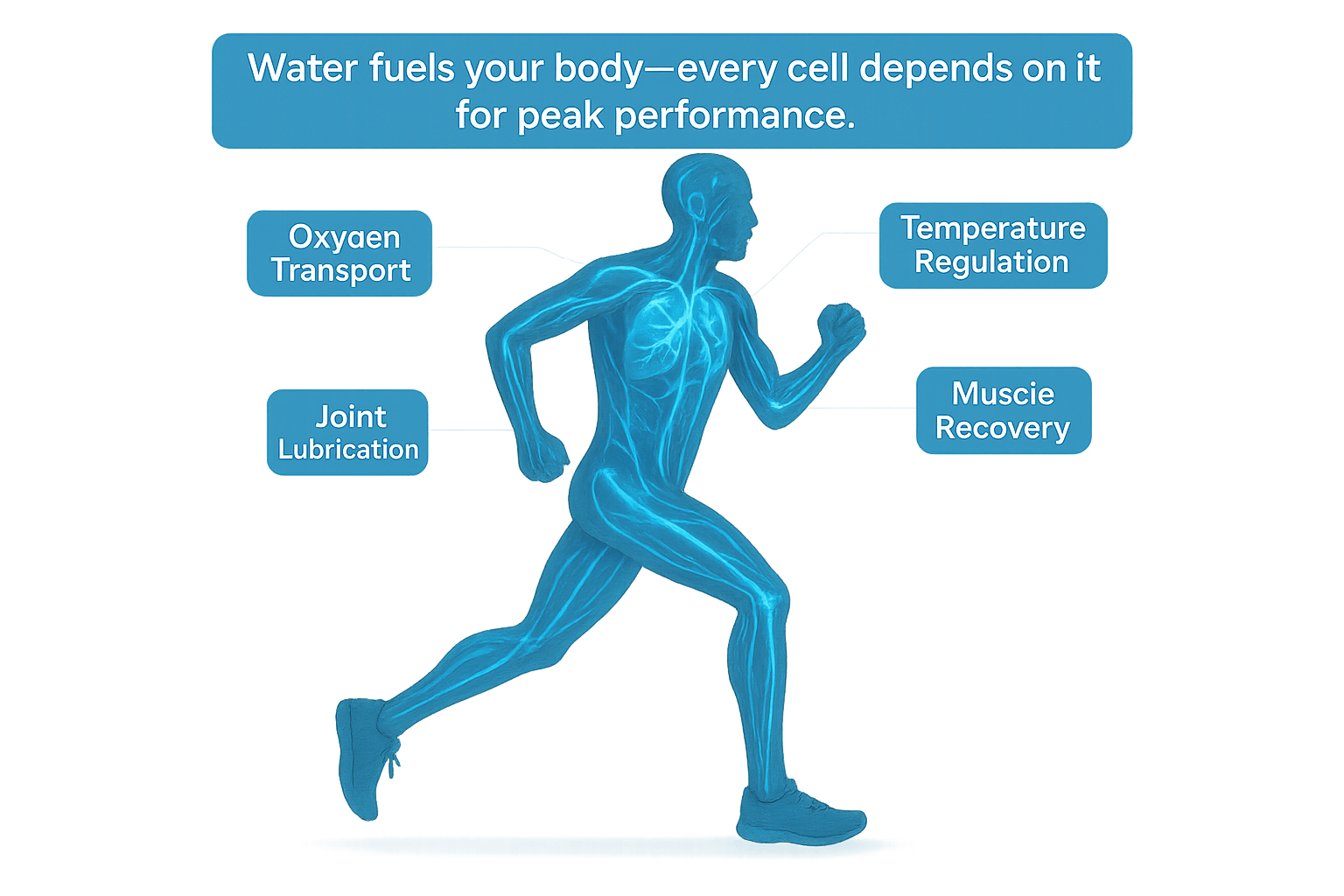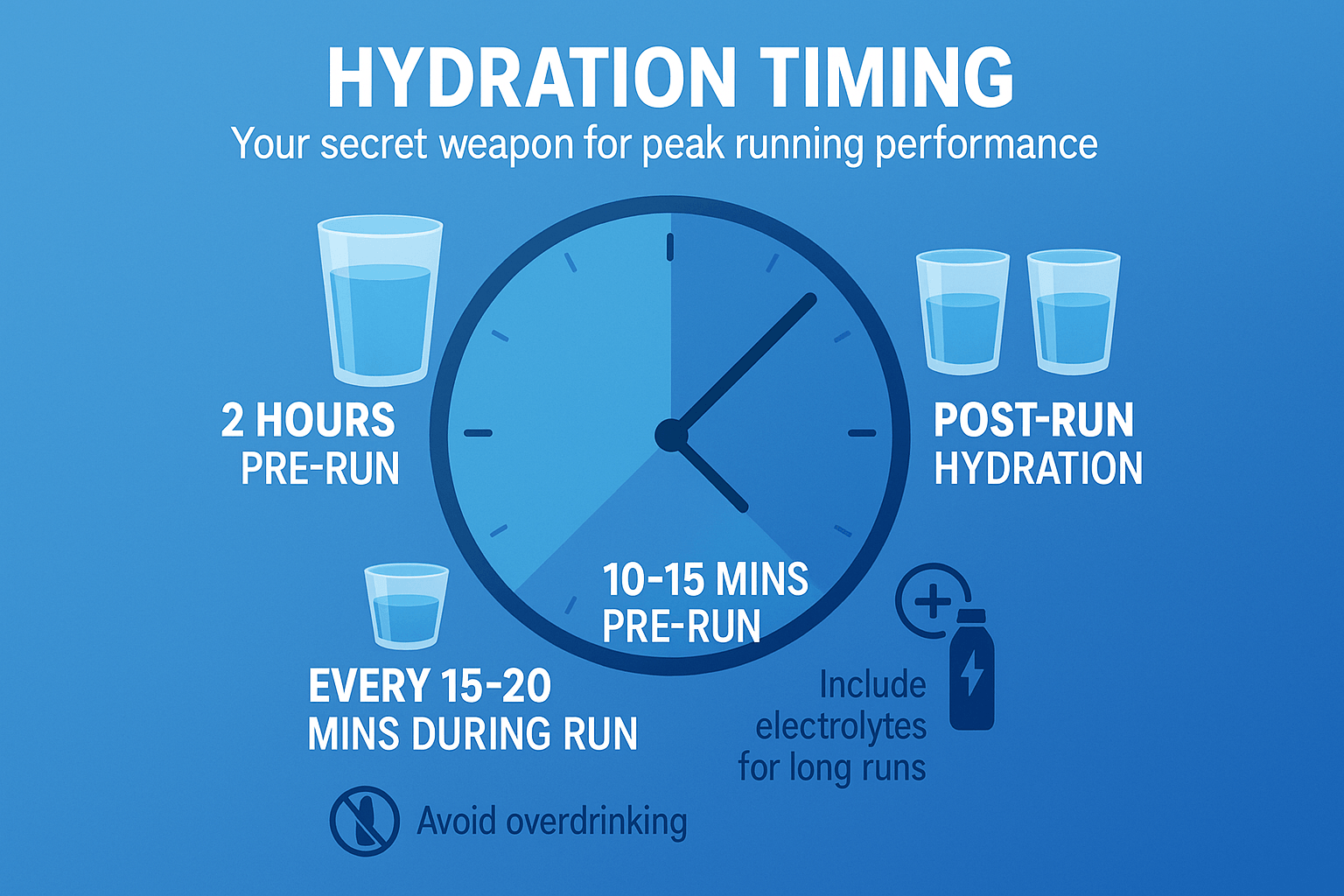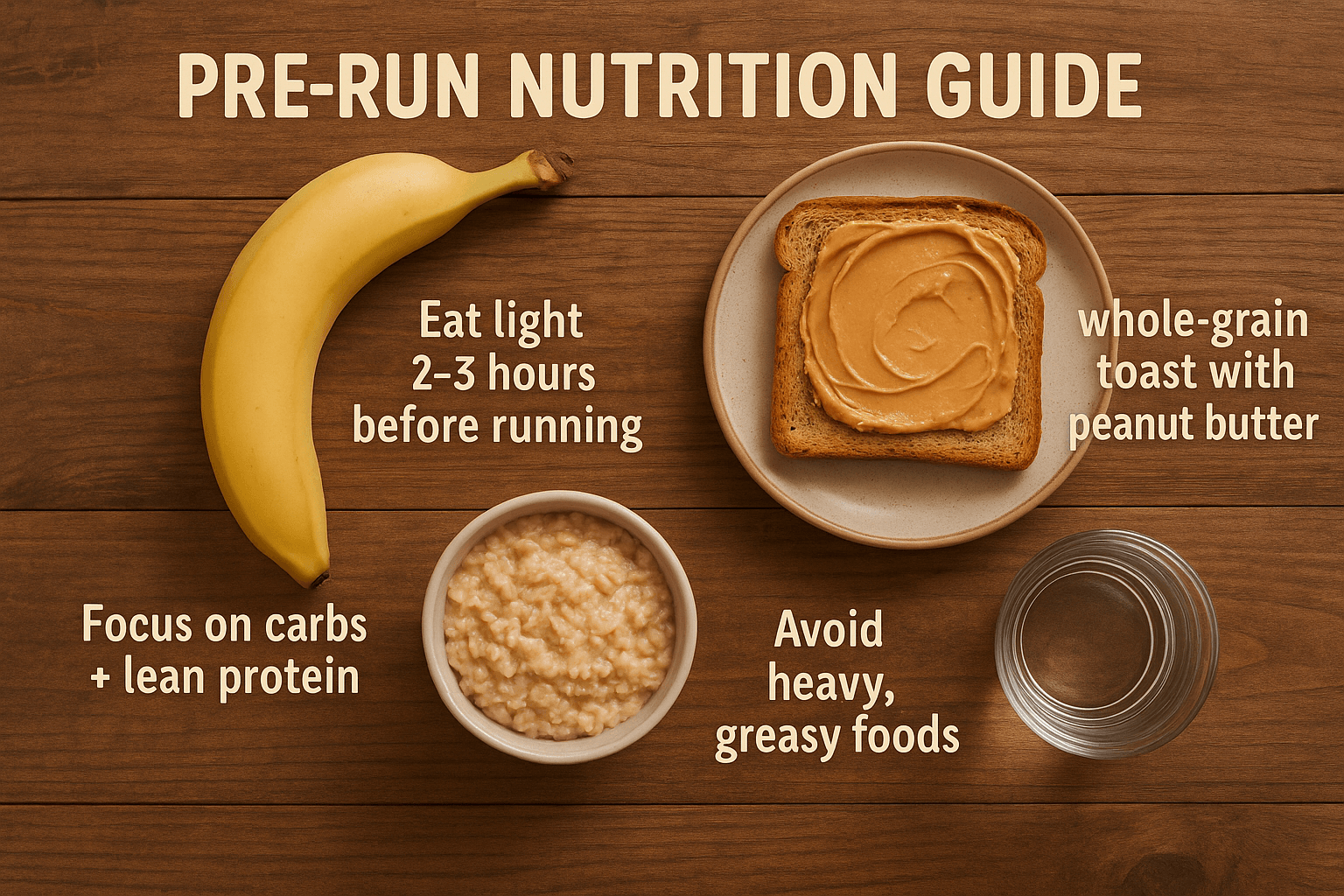You’re out on a long run, feeling good, then suddenly your legs feel heavy, breathing’s tough, and you wonder, “Should I take a break?”
I’ve been there.
Knowing when to stop isn’t about quitting—it’s about running smarter.
When I started adding long runs into my routine, I often took a quick 1-2 minute break every 20-30 minutes. It keeps my energy up and prevents burnout.
Even nowadays, I’d still take such breaks during my 20-mile plus long run for water and bathroom (in case of emergency).
I see no shame in that.
But, of course there’s a sweet spot. If you have to stop too often, you might be pushing too hard or not fueling right.
In this article, I’ll share with you some of my thoughts and strategies on how to make the most out of your long runs.
Sounds like a great idea?
Let’s get to it.
How Often Should You Take Breaks During a Long Run?
As a general rule, take a break every 20-30 minutes during long runs. A quick 1-2 minute break helps maintain your energy and keeps you from burning out. This is especially the case if you’re a beginner and still trying to build up your long runs.
It’s simple: break up your run into manageable chunks to avoid hitting that dreaded wall.
Here are a few signs to watch for when it’s time to take a break:
- Breathing becomes hard: If you’re gasping for air or feel like your lungs are about to give out, it’s time to take a moment.
- Muscle fatigue sets in: If your legs are starting to feel like lead and you can’t maintain a smooth stride, it’s a sign to slow down and rest.
- Mental fatigue: If your mind starts wandering, losing focus, or your form starts slipping, it’s your body’s way of saying it needs a break.
- Heart rate spikes: If your heart rate shoots up beyond your comfortable range, especially if you’re struggling to keep pace, ease off and take a breather.
When Is the Best Time to Take Breaks During Long Runs?
The best time to take breaks is when you notice any of the signs mentioned above—like shallow breathing or muscle fatigue. It’s all about knowing your limits and being proactive.
For most runners, I found that taking a break every 20-30 minutes helps prevent hitting the wall later on in the run.
How to Incorporate Walk Breaks Into Your Long Runs
The walk/run method isn’t just for beginners—it’s a game-changer at every level.
Early on, I hated the idea of taking breaks during long runs.
I thought it meant I wasn’t tough enough or that I was “cheating.” But then I learned the truth: taking breaks on long runs actually improves performance.
Even elite marathoners use a version of this method. Some use a 4:1 ratio—four minutes of running, one minute of walking.
It’s not about slowing down; it’s about staying fresh and maximizing performance.
The beauty of the walk/run method is its flexibility. You can tailor it to your fitness level and adjust it as you progress.
So, whether you’re just starting or you’re training for your first marathon, don’t underestimate the power of breaks. They’re the secret to staying strong and finishing your long runs feeling good.
Taking Breaks: Why It’s NOT a Fail
We’ve all been there—sweat dripping, legs on fire, and then—you hit a stoplight or spot a water fountain.
Instant break. And you know what? That’s actually a good thing.
The goal of a long run isn’t to never stop.
It’s about pacing yourself, keeping your form in check, and building endurance without burning out. Those breaks? They’re just part of the process. They allow you to recharge, reset, and keep moving forward.
So, don’t feel bad about taking that break when you need it.
Hydrate, catch your breath, stretch, or just walk for a minute. It’s not cheating; it’s how you stay fresh and finish strong.
The Power of a Strategic Pause
One of the biggest mistakes I made in my earlier runs was starting too fast.
I’d feel great at the start—bursting with energy, thinking I was invincible. But by the time I hit the halfway point, I was already dragging.
The fix? Smart pacing.
And guess what? Breaks play a huge role in pacing yourself. In fact, research actually shows that the run/walk method helps you finish faster because it reduces muscle strain and keeps your energy levels up.
So, take that break.
Hydrate, stretch, or walk for a minute. It’s not a failure—it’s the strategy that keeps you going the distance.
When Breaks Become a Problem
Of course, there’s such a thing as too many breaks.
If you find yourself stopping every few minutes, something’s off. Ask yourself these questions:
- Am I running too fast? If you’re pushing your pace like it’s race day, your body’s going to hit a wall. Slow it down! A good rule of thumb is to run 90 seconds to 2 minutes slower than your race pace during training runs.
- Am I fueling properly? If you’re running for more than 75 minutes without taking in fuel (gels, water, etc.), your body will run out of energy. This is a biggie—keep your body fueled to avoid those sudden energy crashes.
- Is stress affecting my run? Life doesn’t stop just because you’re running. Stress from work, relationships, or other life factors can mess with your mental focus, making you feel like you need to take more breaks. If that’s the case, it’s worth stepping back and addressing the mental load. Adjust your schedule if needed.
Quick Guide to Taking Breaks During Long Runs
Here’s a quick checklist to help you make the most of your breaks during long runs:
- When to break: Aim for a break every 20-30 minutes of running.
- How long should the break be? A 30-second to 2-minute pause is ideal.
- What to do during the break: Hydrate, stretch lightly, take deep breaths to relax your muscles.
- How to adjust breaks: If you’re a beginner, start with a 1:1 ratio of running and walking. As you get stronger, adjust the intervals (e.g., 3 minutes running, 1-minute walking).
- Listen to your body: If your legs are dead or you’re losing focus, take a break. Don’t wait for the fatigue to take you out—be proactive.
Final Thoughts: Breaks are Part of the Process
Don’t let the idea of stopping during your long runs make you feel weak or like you’re doing something wrong.
Taking breaks is a key strategy for long-run success.
Whether it’s for hydration, recharging, or preventing burnout, breaks give you the reset you need to finish strong.
The real win isn’t about never stopping; it’s about building endurance, pacing yourself, and coming through the other side feeling stronger than before.
So go ahead—take that break, and keep moving forward. You’re doing exactly what you need to do.
How Often Do You Take Breaks During Your Long Runs? Comment below and let’s compare strategies!

